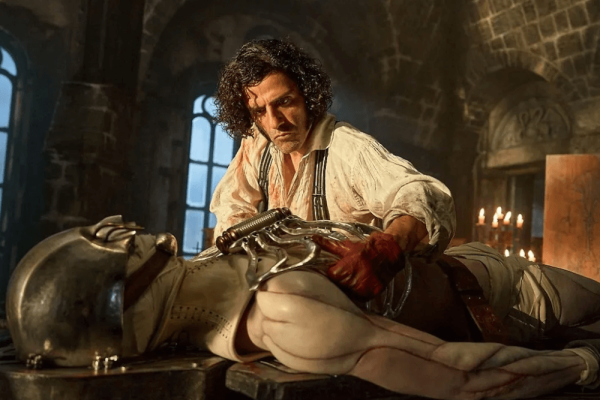THOSE ON THE margins live by a different economy. In the film Portrait of a Lady on Fire, the main characters live on the margins of a patriarchal society, and how they relate to one another shows creative care.
In the film, set in 18th-century France, a painter and her subject— a woman scheduled to marry a nobleman in Milan—fall in love. The painter Marianne is hired under the guise of being a walking companion to Héloïse, who, as a symbol of rejection of her forthcoming marriage, refused to sit for a previous portraitist.
After Marianne shows Héloïse a portrait of her she’s completed in secret, Héloïse criticizes it and agrees to sit for Marianne. During these few days of painting, Héloïse’s mother leaves, and the house and its economy rearranges.
Earlier in the film, the three women left in the house had strict roles and responsibilities. Héloïse went for walks, Marianne painted, and the maid Sophie served food. However, as love develops between Héloïse and Marianne, the household leaves behind the strict norms of aristocracy and assumes a much more egalitarian space. In a striking scene filled with role reversal, the lady Héloïse cooks, the artist Marianne pours wine, and the maid Sophie cross-stitches. On the margins of patriarchy, the strict delineations of class are thrown away, and the three share responsibility and care for one another.
In my second year of grad school, I was on food stamps. Due to some strange fortune or clerical error, I was given $270 to shop for myself every month, well beyond what I could survive on. With so much to spend, I changed my habits. I bought food for other people: for the homeless people I worked with, for friends to celebrate an occasion. I brought nicer things to parties for everyone to enjoy.
Our economy is only beginning its contraction due to the coronavirus pandemic, and record-breaking numbers of people are unemployed. I am running out of fingers to count the friends who have lost their jobs, hours, and insurance as a consequence of the crisis, and I’m sure you are too.
The economy has never worked for those on the margins. The players in the center make and bend the rules for themselves, prioritizing their profit over people. But one thing that anyone on the margins knows is that we will break those rules. We will make our own way together.

Got something to say about what you're reading? We value your feedback!







